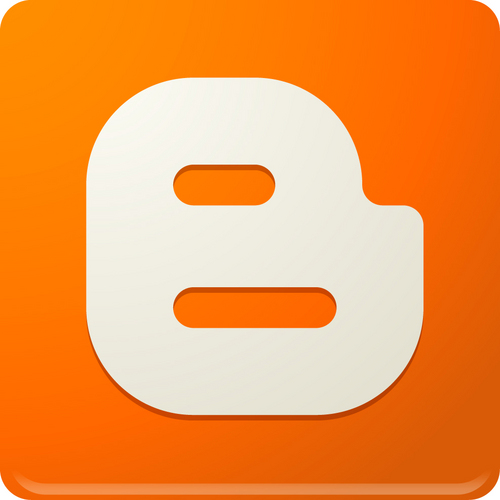What is a Relative Clause?
* A relative clause tells us which person or thing (or what kind of person or thing) the speaker means,
* A relative clause is a phrase that adds information to a sentence. All relative clauses describe a noun, and they begin with one of these relative pronouns or relative adverbs.
Types of relative clauses.
There are two types of relative clauses: Defining and Non-Defining Relative clauses.
* Defining Relative Clauses: tells you which person or thing (or what kind of person or thing) the speaker means. They are necessary for the comprehension of the whole sentence.
We can use who/that/which. And, at
the same time, we can omit them when their role in the relative clause is that of pronoun. In other words,
when the relative clause has its proper subject, we can omit the relative pronoun.
• The woman who lives next door has lived in the Caribbean.
• This morning I met somebody (that/who/whom) I haven't met for ages.
* Non-Defining Relative Clauses: gives us extra information about the person or the thing. They are not
• My brother Jim, who lives in London, is a doctor.
RELATIVE PRONOUNS
- Who
= It is the relative pronoun used when we are referring to people. We use it instead of he/she/they.
• the woman -she lives next door- has lived in the Caribbean.
The woman who lives next door has lived in the Caribbean.
- Which
= It is the relative pronoun used when we are referring to things.
• where is the cheese – it is in the fridge?
Where is the cheese which is in the fridge?
- That
= It is used in both cases, i.e., when referring to people and things. It is more usual.
• the woman – she lives next door - has lived in the Caribbean.
The woman that lives next door has lived in the Caribbean.
• where is the cheese – it is in the fridge?
Where is the cheese that is in the fridge?
- What
= It is the relative pronoun that means “the thing(s) that”.
• What happened was my fault. (the thing that happened was my fault)
- Whose
= It is the relative pronoun used instead of his/her/its. In other words, it is like a determiner.
Remember: it is ALWAYS followed by a NOUN.
• we saw some people – their car had broken down.
We saw some people whose car had broken down
- Whom
= It is possible instead of who when it is the object of the verb in the relative clause. It is normally
used in formal style. We also use it with prepositions.
• The woman whom I wanted to see was away. (I wanted to see her)
• The man with whom she fell in love left her a few weeks later. (she fell in love with a man)
- Where
= We use it to refer to places.
Posted by , Published at 22:51 and have
0
comments






 0 comments
0 comments Rabat
Rabat


